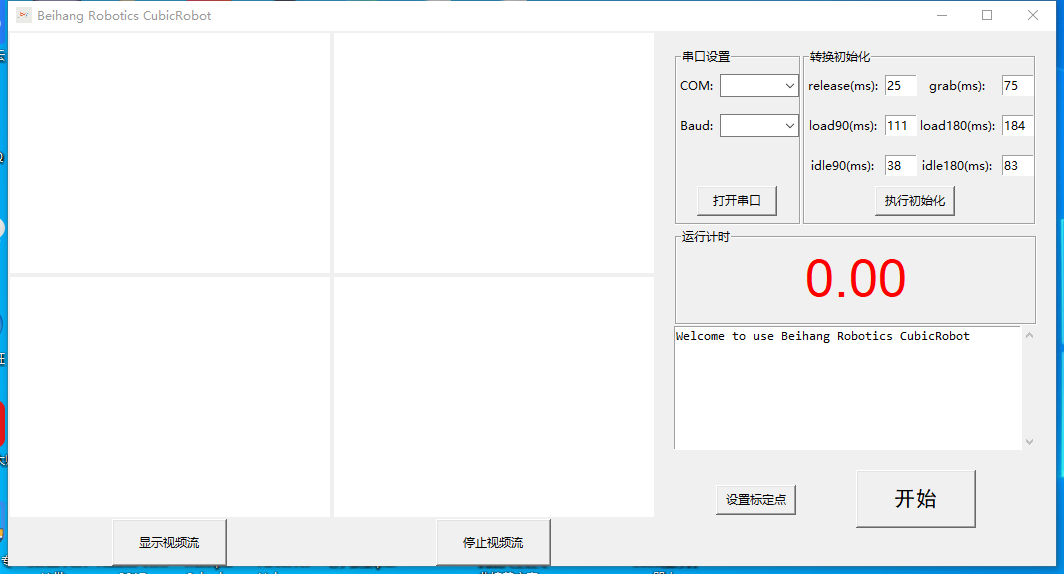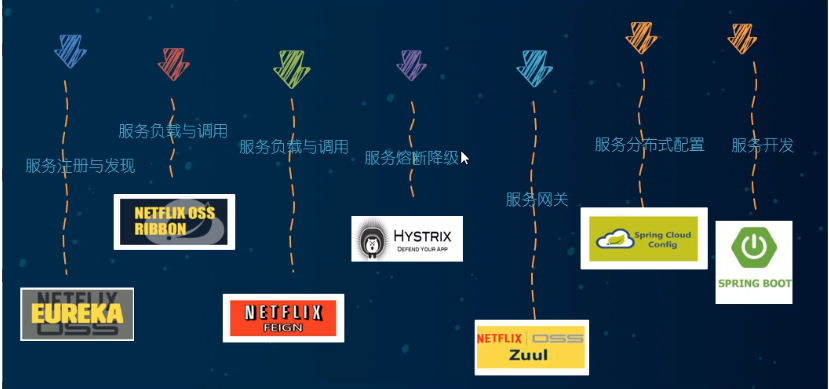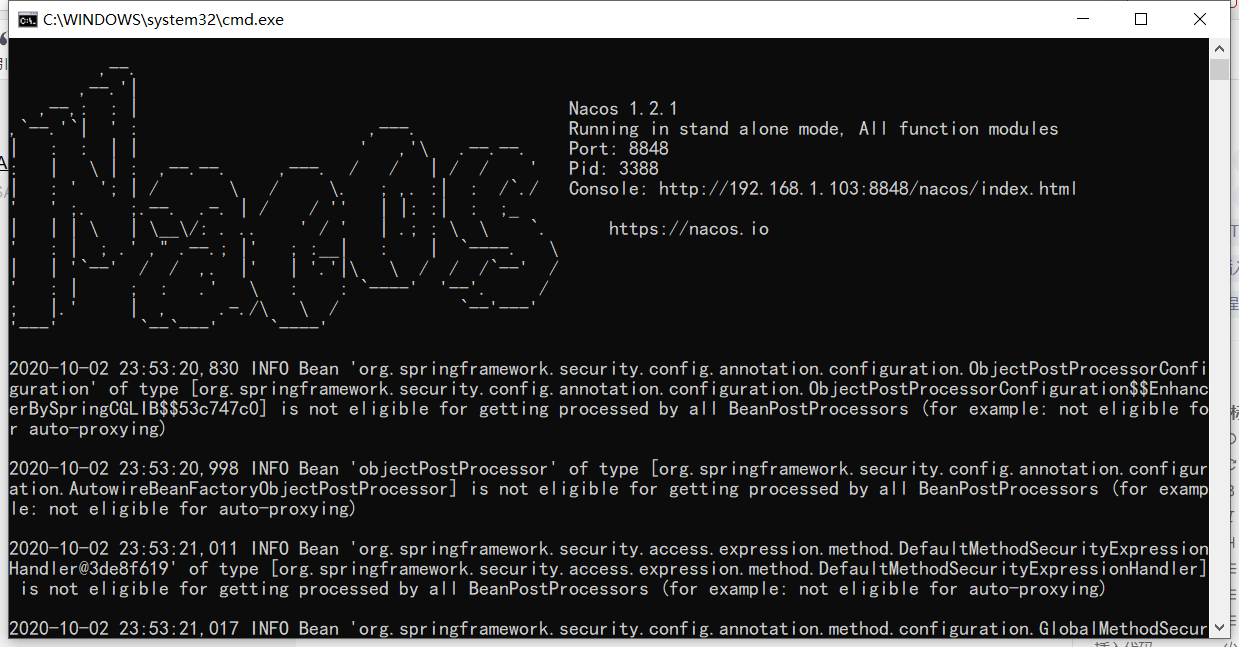Android 实时视频编码—H.264硬编码
【流媒體】 Android 实时视频编码—H.264硬编码
【流媒體】 Android 实时视频编码—H.264硬编码
SkySeraph Apr 4th 2012
Email:skyseraph00@163.com
1 硬编码 & 软编码
硬编码:通过调用Android系统自带的Camera录制视频,实际上是调用了底层的高清编码硬件模块,也即显卡,不使用CPU,速度快
软编码:使用CPU进行编码,如常见C/C++代码,一般编译生成的二进制都是的,速度相对较慢。例如使用Android NDK编译H264生成so库,编写jni接口,再使用java调用so库。
2 原理
① 过程:通过MediaRecoder采集视频,再将视频流映射到LocalSocket实现收发
② 原理:详见【流媒體】H264—MP4格式及在MP4文件中提取H264的SPS、PPS及码流 和 “【流媒體】Android 实时视频采集—MediaRecoder录制 ”
3 核心代码
① MediaRecoder视频采集
视频采集采用了MediaRecorde录制方式,详见 “【流媒體】Android 实时视频采集—MediaRecoder录制 ”
② 在initiativeVideo中setOutputFile设置以流方式输出

// 设置输出文件方式: 直接本地存储 or LocalSocket远程输出if (bIfNativeORRemote == true) // Native{lVideoFileFullPath = strRecVideoFilePath + String.valueOf(System.currentTimeMillis())+ lVideoFileFullPath;mRecVideoFile = new File(lVideoFileFullPath);// mMediaRecorder.setOutputFile(mRecVideoFile.getAbsolutePath());mMediaRecorder.setOutputFile(mRecVideoFile.getPath()); // called after set**Source before prepareLog.i(TAG, "start write into file~");}else // Remote{mMediaRecorder.setOutputFile(sender.getFileDescriptor()); // 设置以流方式输出Log.i(TAG, "start send into sender~");}

③ startRecording
功能:通过这个函数启动线程实现视频流映射到LocalSocket,同时实现编码
private void startRecording(){Log.i(TAG, "##startRecording....");new Thread(this).start();}
run:

@Overridepublic void run(){Log.i(TAG, "##run....");// definesDataInputStream dataInputStream = null;int offSet=0,tmp=0,beLeft=0;try{dataInputStream = new DataInputStream(receiver.getInputStream());} catch (IOException e2){// TODO Auto-generated catch blocke2.printStackTrace();}try{Thread.currentThread().sleep(500);} catch (InterruptedException e1){e1.printStackTrace();}// ①方式一:通过查看预先录制的视频,需要跳过mdat前面32个字节(不同硬件平台不同!)try{dataInputStream.read(h264frame, 0, 32);Log.i(TAG, "read mdat from");} catch (IOException e1){// TODO Auto-generated catch blocke1.printStackTrace();}// ②方式二:自动化查找(待补充)try{h264FileOutputStream = new FileOutputStream("/sdcard/avss/h264.264");//264码流Log.i(TAG, "h264FileOutputStream");} catch (FileNotFoundException e){// TODO Auto-generated catch blocke.printStackTrace();}try{h264FileOutputStream.write(h264head);h264FileOutputStream.write(h264sps);h264FileOutputStream.write(h264head);h264FileOutputStream.write(h264pps);Log.i(TAG, "run-write SPS/PPS to file");} catch (IOException e1){// TODO Auto-generated catch blocke1.printStackTrace();}while (bIfRecInProcess && (!bIfNativeORRemote)){try{Log.i(TAG, "**while...");int h264length = dataInputStream.readInt();Log.i(TAG, "h264length:"+h264length);tmp=0; offSet = 0; beLeft = 0;h264FileOutputStream.write(h264head);while (offSet < h264length){beLeft = h264length - offSet;tmp = dataInputStream.read(h264frame, 0, READ_SIZE < beLeft ? READ_SIZE : beLeft);Log.i(TAG, String.format("H264 %d,%d,%d", h264length, offSet, tmp));offSet += tmp;h264FileOutputStream.write(h264frame, 0, tmp);}} catch (Exception e){// TODO: handle exceptione.printStackTrace();}}//}

#
4 Ref/Related
1 http://blog.csdn.net/zblue78/article/details/6078040
2 http://blog.csdn.net/zblue78/article/details/6083374
3 http://www.docin.com/p-282454756.html
4 http://blog.csdn.net/qwertyuj/article/details/7029836
5 http://www.cnblogs.com/skyseraph/archive/2012/03/31/2427593.html
6 http://www.cnblogs.com/skyseraph/archive/2012/03/23/2415018.html
7 http://www.cnblogs.com/skyseraph/archive/2012/04/01/2429384.html



































还没有评论,来说两句吧...